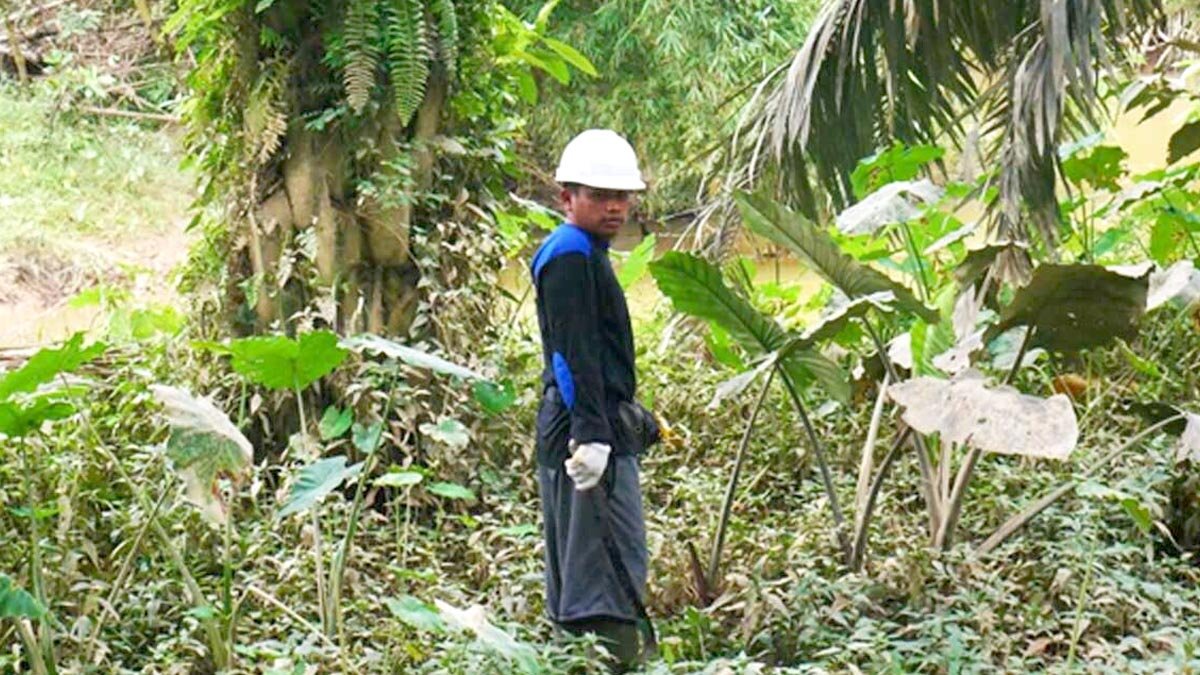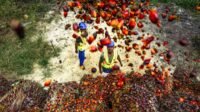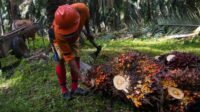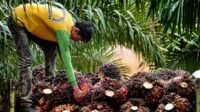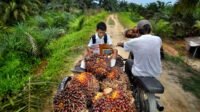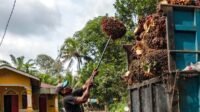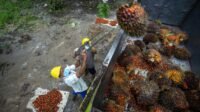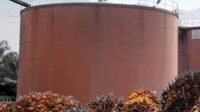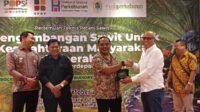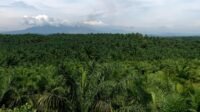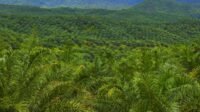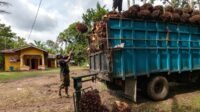PALMOILMAGAZINE, JAKARTA — High Conservation Value (HCV) areas are more than just requirements for ISPO or RSPO certification—they are vital ecosystems that serve as biodiversity sanctuaries and climate resilience buffers, especially for Indonesia’s independent smallholder oil palm farmers.
The Indonesian Sustainable Palm Oil Farmers Forum (FORTASBI) emphasizes that proper HCV management is not only a step toward meeting certification standards but a strategic investment to protect environmental balance.
“HCV areas must be seen as long-term assets, not merely obligations. They are biodiversity shields, air filters, water protectors, and climate stabilizers,” FORTASBI stated in its latest report published on Tuesday, July 22, 2025.
Also Read: FORTASBI and BenihBaik Launch Forest Conservation Fundraising Campaign in Ketapang
HCVs include areas with significant biological, ecological, social, or cultural value. When managed directly by independent farmers through localized knowledge and practices, they can deliver far-reaching global benefits.
As of June 2025, FORTASBI reported that its member farmers have safeguarded 121 kilometers of riverine conservation zones, 1,246 hectares of riparian buffers, 485.24 hectares of peatlands, and 157.2 hectares of forest areas.
These zones aren’t only preserved—they’re sustainably managed to retain their critical climate functions, from curbing rising global temperatures to minimizing extreme weather impacts and enhancing the climate resilience of smallholder plantations.
Protecting HCVs can be achieved through accessible methods such as conserving endemic species, restoring degraded land, and protecting rare ecosystems and water sources. These efforts also ensure the continued delivery of key ecosystem services, including natural pollination and carbon sequestration.
“Independent farmers actually play a pivotal role in climate solutions. Properly managed HCV areas can serve as highly effective carbon sinks,” said a FORTASBI representative.
Maintaining HCV zones on smallholder plantations not only supports environmental harmony but also strengthens farmers’ positions within sustainable palm oil supply chains. More importantly, it reflects their tangible contribution to environmental stewardship.
Investing in HCV protection and management isn’t just a moral imperative—it’s a smart and sustainable pathway to building a resilient palm oil sector that can withstand climate crises while ensuring farmers’ long-term welfare. (P2)

